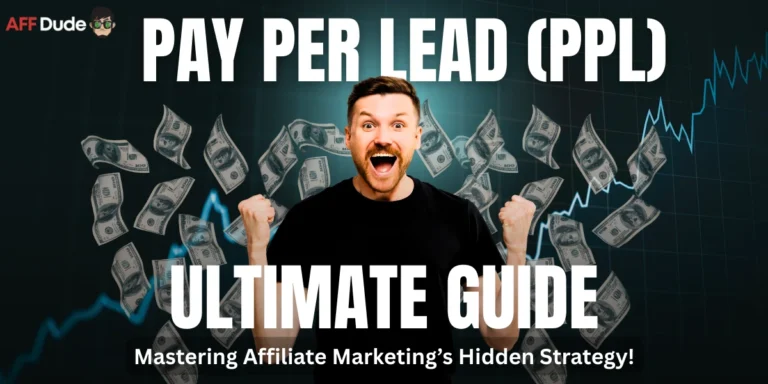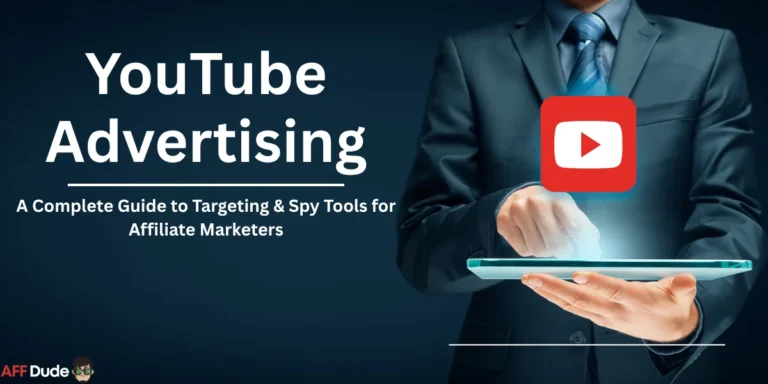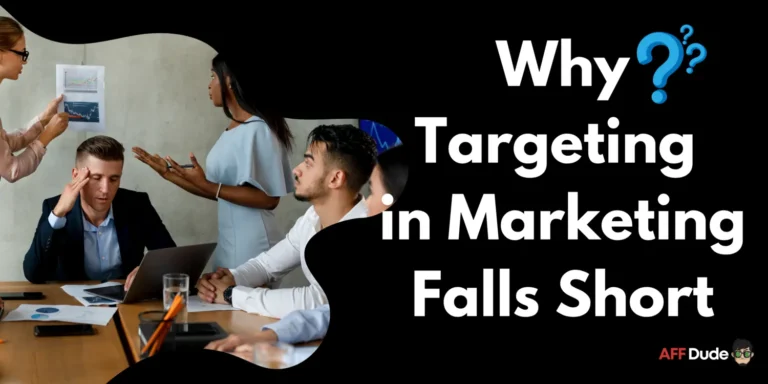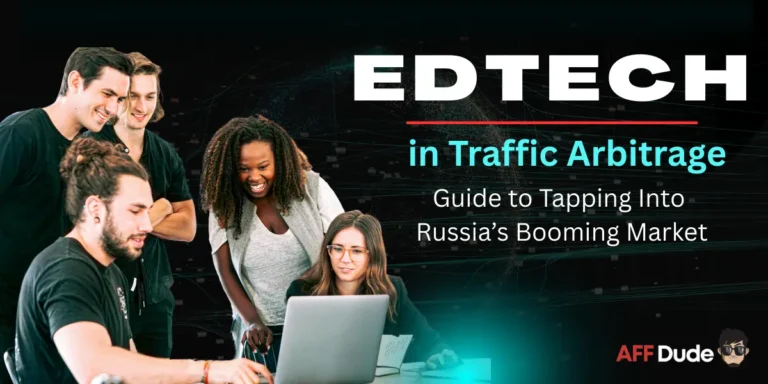Paid media myths are costing affiliate marketers serious cash every single day. Blokes are burning through budgets faster than they can say “conversion rate” because they believe complete rubbish like “expensive ads equal better results” or “high click-through rates guarantee profits.”
These dangerous misconceptions about digital advertising, media buying, and campaign optimization have destroyed more affiliate campaigns than algorithm updates ever could.
Marketers who understand the real truth about paid advertising ROI, targeting strategies, and budget allocation are quietly banking massive commissions while others struggle with failed ad spend.
Let's tear down the biggest misconceptions plaguing paid media in 2025 and show you what actually works.
Myth #1: Paid Media Always Costs a Fortune
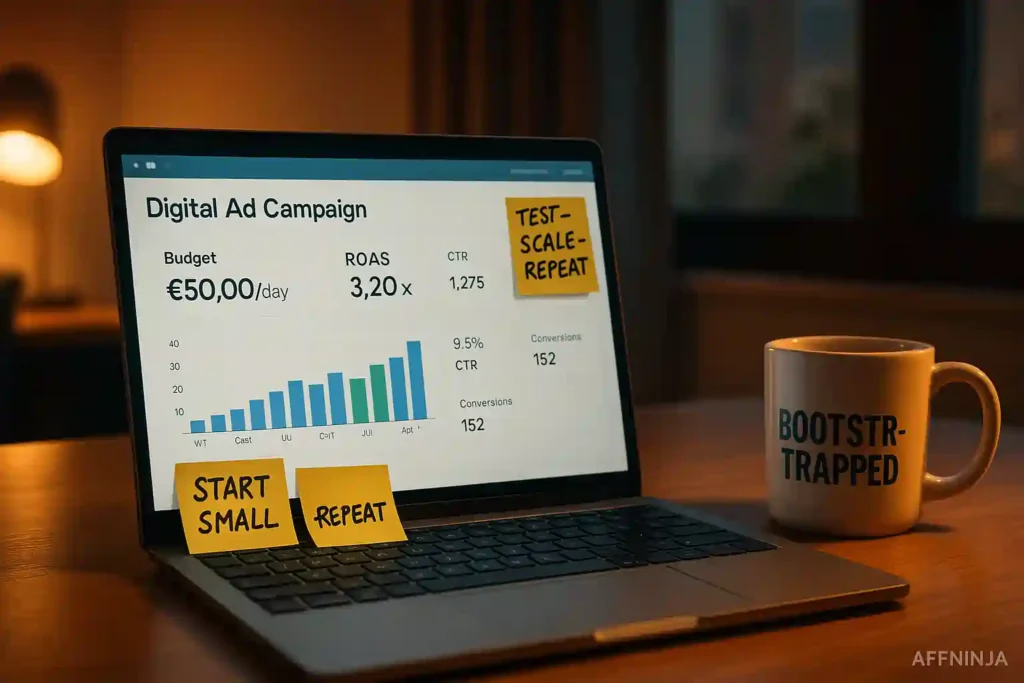
This might be the most damaging myth in digital marketing. Too many brilliant marketers never start because they think paid media requires massive budgets that only enterprise companies can afford.
The Truth: Paid media can work with virtually any budget if you're strategic about it1. Some of my best-performing campaigns started with £50 daily budgets and scaled to thousands. The secret isn't having loads of cash—it's about smart targeting and relentless optimisation.
Here's what actually matters:
The key is understanding that budget size doesn't determine success—budget efficiency does. You're better off with £100 spent wisely than £1,000 thrown randomly at the wall.
Myth #2: More Clicks Equals More Success
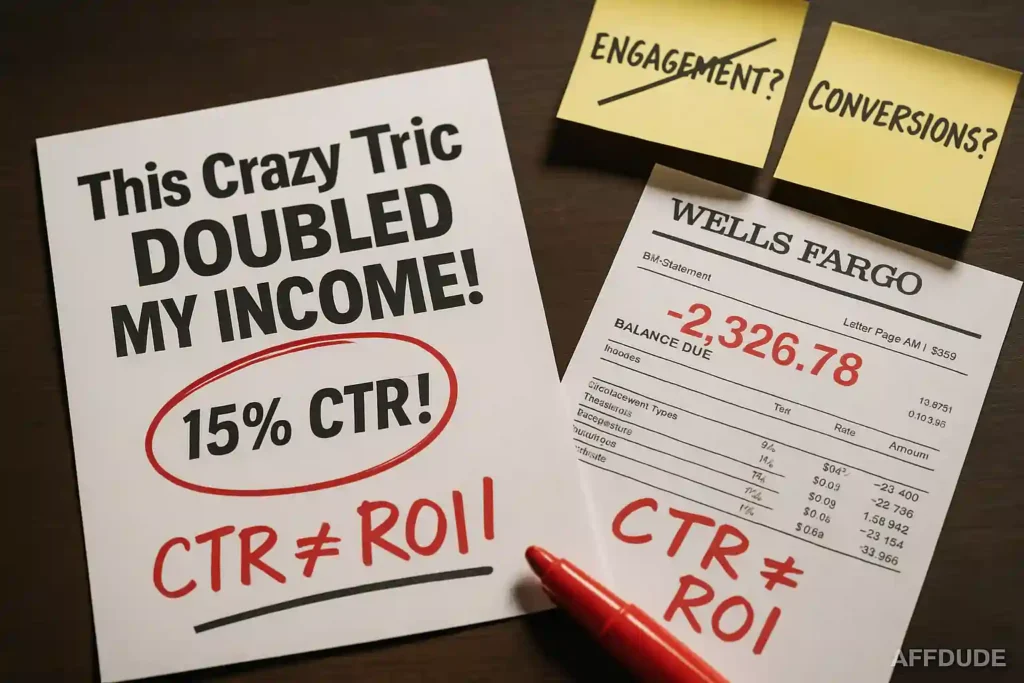
Click-through rates have become the vanity metric of paid media. Marketers obsess over getting massive CTRs, thinking high clicks automatically translate to high profits. This mindset has destroyed more campaigns than any algorithm update.
Clicks mean nothing without conversions. I've seen campaigns with 15% CTRs that lost money and others with 2% CTRs that generated consistent profits. What matters is the quality of traffic, not quantity.
Why High CTRs Can Actually Hurt:
What Smart Marketers Track Instead:
For affiliate marketers especially, focusing on conversion metrics rather than engagement metrics is crucial. You're not building a social media following—you're generating commissions.
Myth #3: Paid Media Delivers Instant Results

The “get rich quick” mentality has infected paid media worse than any other marketing channel. Marketers launch campaigns expecting immediate profitability, then panic when results don't appear within 24 hours.
Most successful paid media campaigns require weeks or months of optimisation before reaching peak performance. Even the best media buyers need time to gather data, test variables, and refine targeting.
Typical Campaign Timeline:
This doesn't mean you should accept losses indefinitely. Set clear KPIs and timeframes, but understand that sustainable profitability takes patience and systematic testing.
Myth #4: Set-and-Forget Campaigns Work Fine
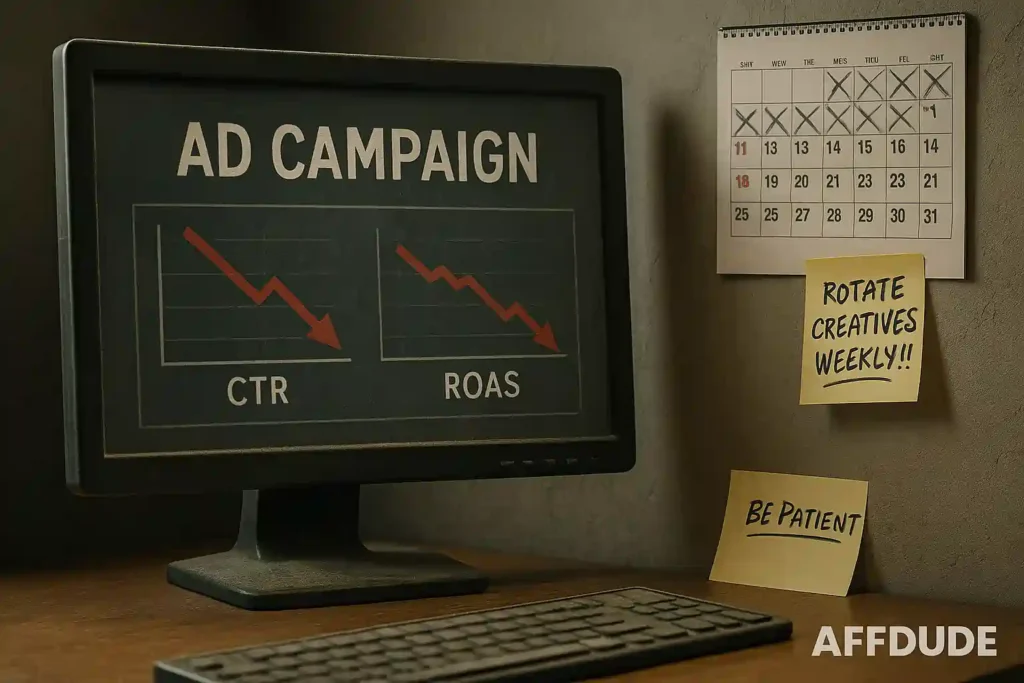
Perhaps the laziest assumption in paid media is that campaigns can run successfully on autopilot. This myth has probably burned more budgets than any other misconception.
Successful paid media requires constant monitoring and optimisation. Algorithm changes, competitor activity, seasonal trends, and audience fatigue all impact campaign performance daily.
What Requires Regular Attention:
The 80/20 Rule for Campaign Management:
Instead of guessing what to test next, platforms like Adplexity show you real-time data on what competitors are spending money on. If they're running the same creative for months, it's probably profitable—and worth testing in your campaigns.
Myth #5: Paid Media Is Only for Direct Sales
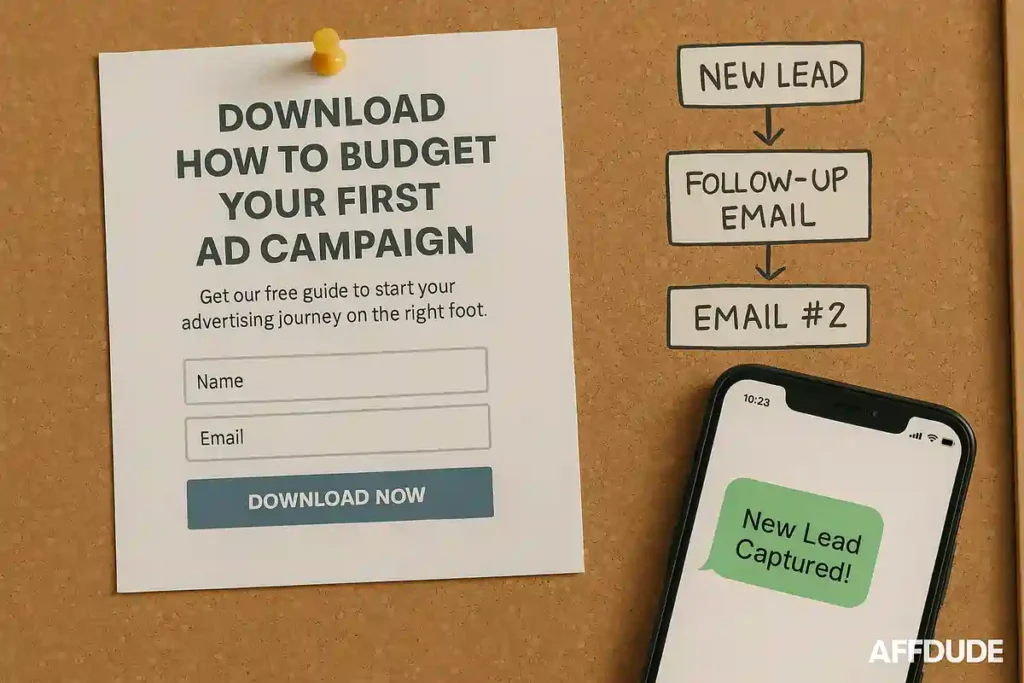
Many marketers treat paid media like a vending machine—insert money, get immediate sales. This transactional mindset misses the bigger picture of how modern consumers make purchasing decisions.
The Bigger Picture: Paid media excels at multiple marketing objectives beyond direct sales:
Advanced Use Cases:
Smart affiliates use paid media for list building as much as direct sales. Capturing emails or phone numbers allows for multiple conversion attempts through email marketing, SMS, and retargeting campaigns.
Myth #6: All Traffic Sources Are Created Equal
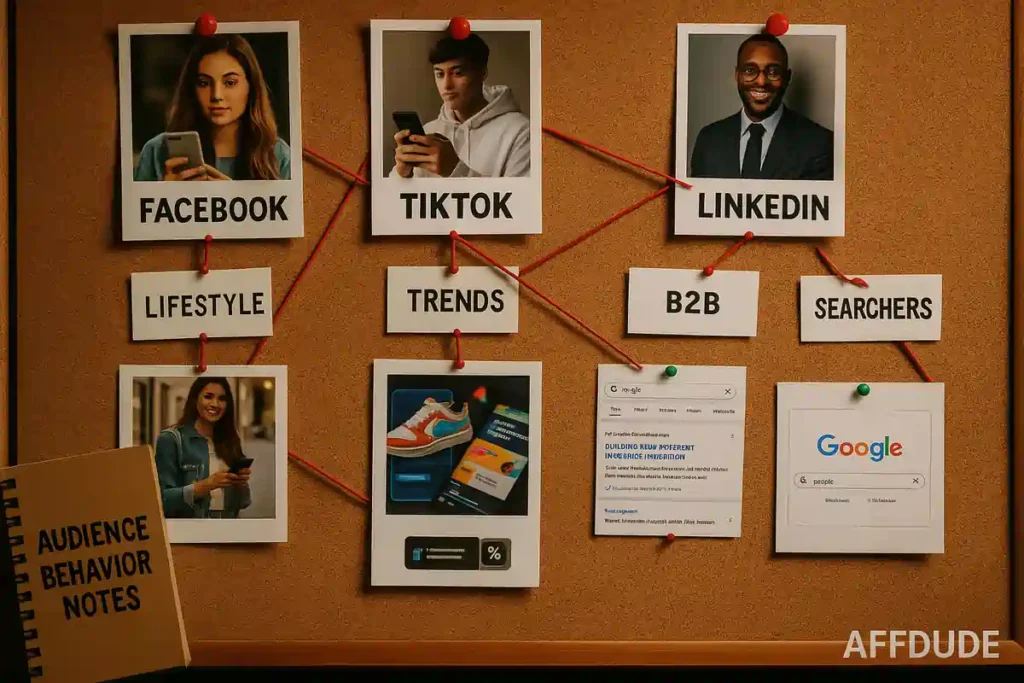
This myth causes massive budget waste. Marketers assume Facebook traffic behaves the same as Google traffic, or that all social platforms deliver similar results. Each traffic source has unique characteristics that dramatically affect campaign performance.
Traffic Source Personalities:
Understanding these differences allows you to match your offers with the right traffic sources. This is where spy tools become incredibly valuable—you can see which traffic sources your competitors prioritise for specific offers.
Myth #7: You Need Perfect Landing Pages Before Starting
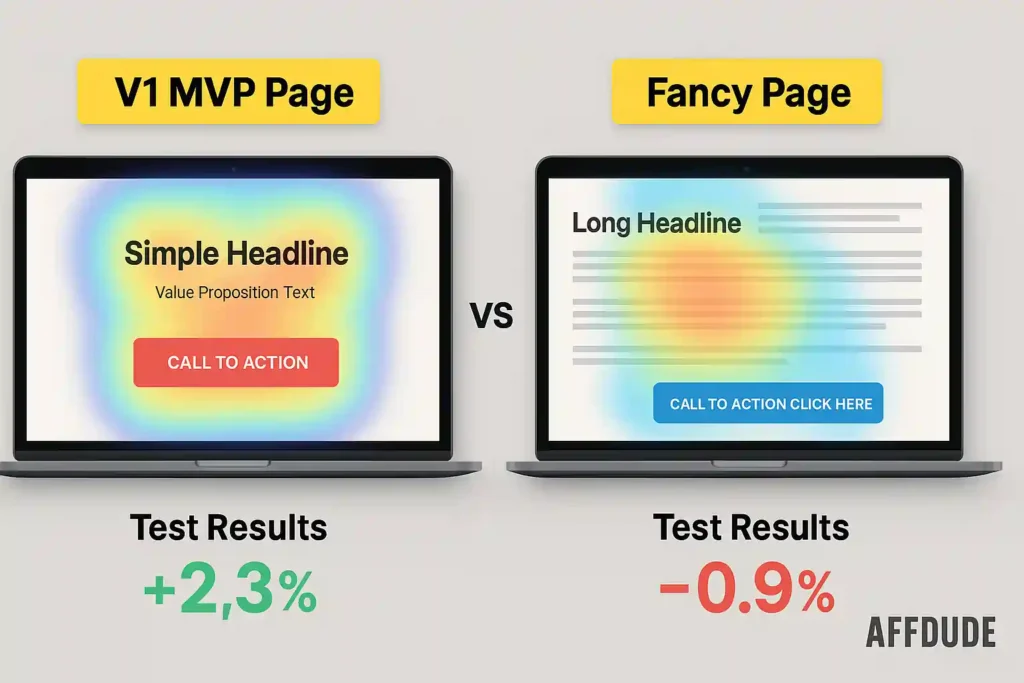
Perfectionism kills more campaigns than poor targeting. Marketers spend months building elaborate landing pages, funnels, and tracking systems before running their first ad. By the time they launch, competitors have already captured market share.
Start with good enough and improve based on real data. Your first landing page doesn't need to win design awards—it needs to convert visitors into customers or leads.
Essential Elements for V1 Landing Pages:
Iterate Based on Data:
The fastest way to build converting landing pages is studying what already works. Adplexity allows you to download complete landing pages from successful campaigns, giving you proven templates to model. This eliminates guesswork and accelerates your path to profitability.
Myth #8: Organic and Paid Media Don't Mix
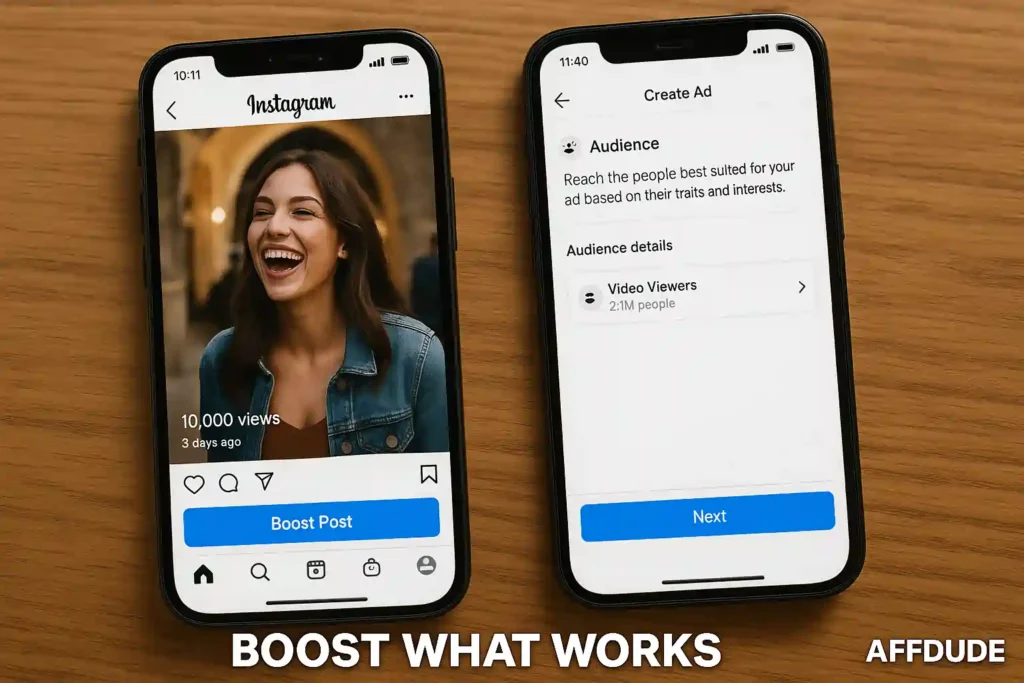
Many marketers treat organic and paid media as separate strategies, missing massive opportunities for synergy. This siloed approach reduces overall marketing effectiveness and wastes budget on duplicate efforts.
The Integration Advantage:
Winning Combinations:
Use organic content performance to guide paid media creative decisions. If a particular blog post or social media post generates high engagement organically, turn it into a paid campaign. The organic validation proves audience interest.
How to Succeed in Paid Media: Advanced Strategies for 2025
Okay, we just cleared up some big lies. Now let's see what really works:
Strategy #1: Competitive Intelligence Is Non-Negotiable
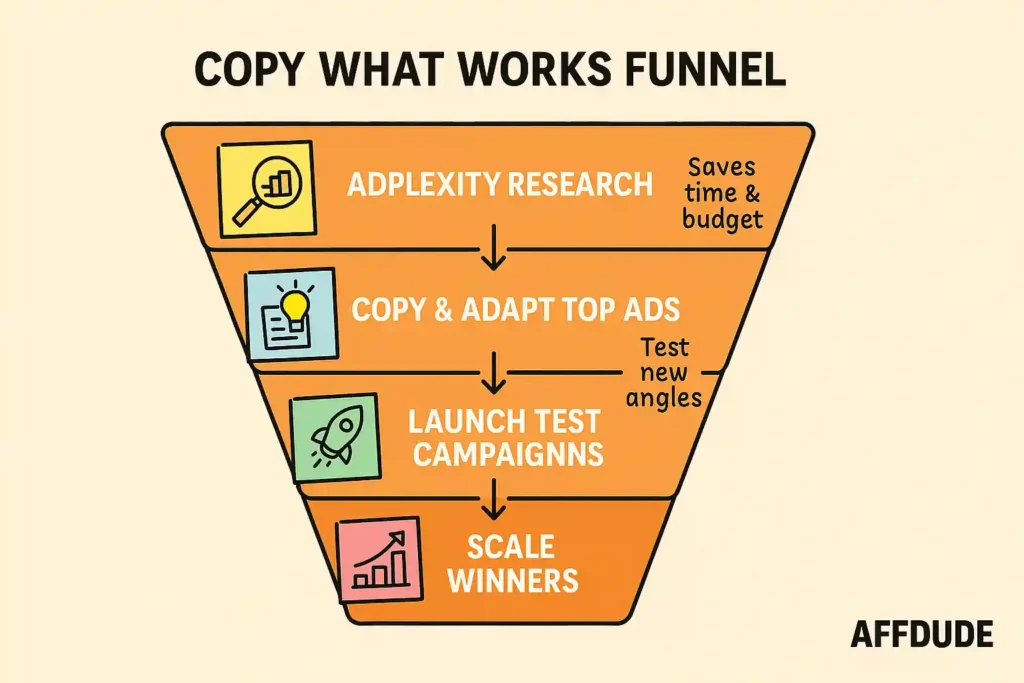
The days of launching campaigns blind are over. Smart marketers start by understanding what's already working in their market. This means studying successful competitors, identifying profitable angles, and modelling proven campaigns.
Adplexity has become the gold standard for this research. Their platform covers native ads, push notifications, mobile traffic, desktop campaigns, and even adult content across 75+ countries.
Instead of guessing what might work, you can see exactly what successful affiliates are running right now.
Key Research Areas:
Strategy #2: Multi-Channel Attribution and Testing
Single-channel campaigns are increasingly ineffective. Modern consumers interact with brands across multiple touchpoints before converting, making cross-channel strategies essential for maximising ROI.
Cross-Channel Campaign Structure:
- Awareness: YouTube videos or native content introducing your brand
- Consideration: Retargeting ads on Facebook with social proof and testimonials
- Conversion: Google search ads capturing high-intent keywords
- Retention: Email campaigns and SMS for repeat purchases
Testing Framework:
Strategy #3: Advanced Targeting and Audience Development
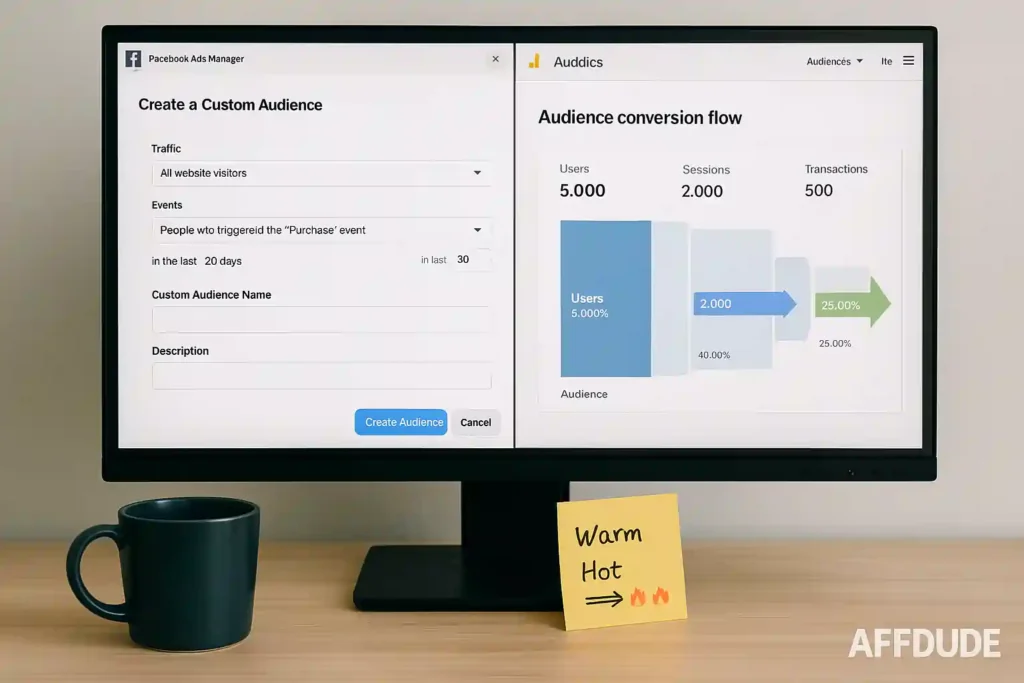
Basic demographic targeting isn't enough anymore. Successful campaigns use sophisticated audience strategies that go far beyond age and location.
Advanced Targeting Methods:
Audience Development Process:
- Start with broad audiences to gather initial data
- Identify highest-converting segments within broader groups
- Create lookalike audiences based on converters
- Develop sequential campaigns for non-converters
- Build custom audiences from website visitors and email subscribers
Strategy #4: Creative Optimisation and Ad Fatigue Management
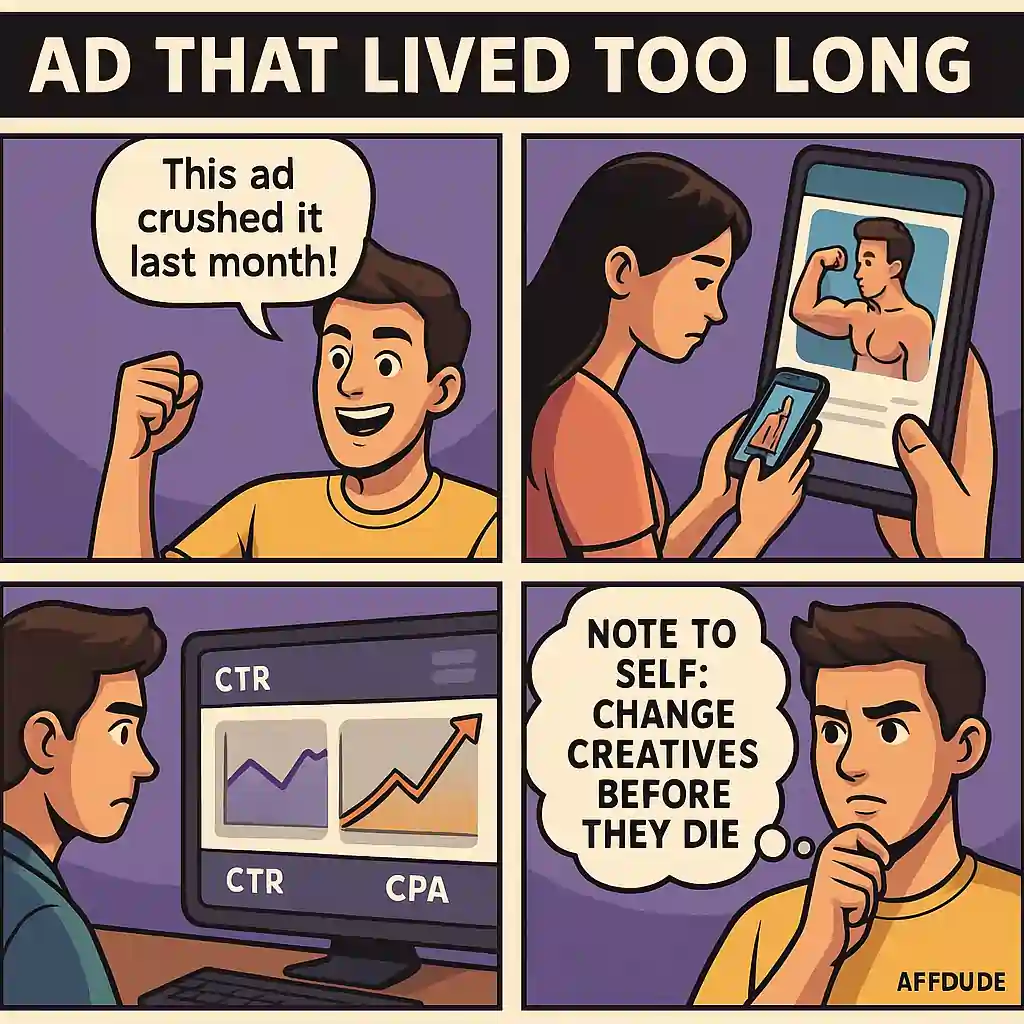
Creative fatigue kills campaign performance faster than any other factor. Even winning ads lose effectiveness as audiences become familiar with them. Successful marketers build creative production systems that ensure fresh content flow.
Creative Production System:
Signs of Creative Fatigue:
This is another area where competitive intelligence proves invaluable. Adplexity's database shows which creatives have staying power, running profitably for months without fatigue. This data helps you identify winning creative concepts before investing in production.
Final Thoughts: Your Paid Media Success Blueprint
Successful paid media in 2025 requires more than throwing money at popular platforms and hoping for the best. It demands strategic thinking, continuous optimisation, and deep understanding of what actually drives results.
Remember these core principles:
The biggest lesson? Start with intelligence, not guesswork. Before launching any campaign, understand what's already working in your market. Tools like Adplexity provide the ad intelligence that transforms campaigns from expensive experiments into profitable ventures.
Recommended Articles


